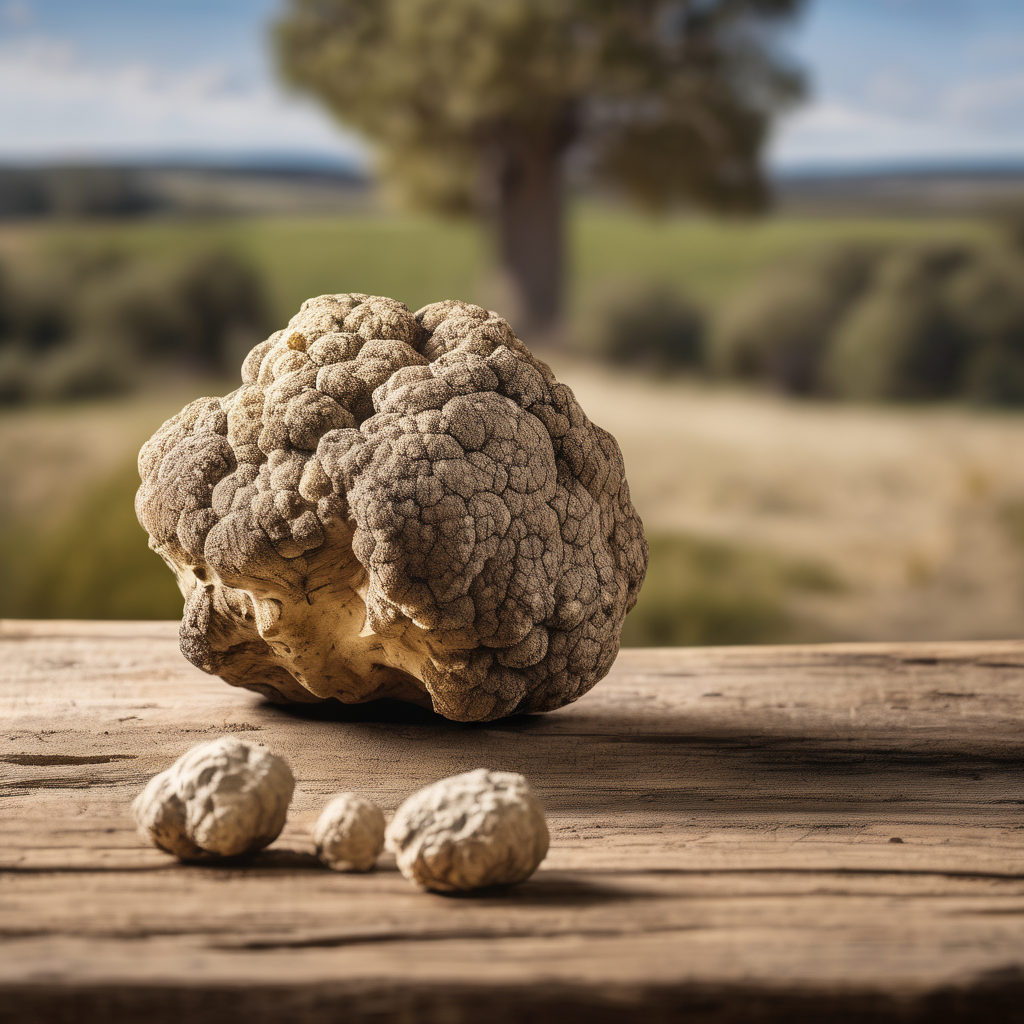It is currently the peak season for white truffles in Croatia, and Ivana Karlic Ban is passionately exploring the scenic autumn landscapes of the northwestern Istria region in pursuit of this highly sought-after delicacy. The white truffle, an underground fungus that flourishes in symbiotic relationships with certain tree species, is predominantly harvested in Italy and Croatia between September and December.
Karlic Ban employs her two skilled Lagotto Romagnolo dogs, renowned for their truffle-hunting abilities, to locate these treasured fungi, often buried as deep as one meter underground. She notes that prices for white truffles can range from 6,000 to 7,000 euros ($6,997 to $8,163) per kilogram. In contrast to the more regularly available black truffles, which can be cultivated year-round and are much less expensive, white truffles remain elusive and maintain an air of luxury.
As a third-generation truffle hunter, Karlic Ban operates a shop alongside her brother in the village of Paladini near Buzet, where they sell a variety of truffle-infused products. Their innovative offerings include the world’s first chocolate truffles and specially designed treats for dogs, showcasing their inventive approach to this gourmet ingredient.
However, Karlic Ban highlights a concerning trend: the population of white truffles has significantly decreased compared to when her grandfather hunted them fifty years ago. This reduction is attributed to climate change and deforestation, both of which negatively affect the truffles’ natural habitat. She remarked that “harsh droughts prevent the fungus from growing while excessive rains can render it soft and rotten.” Despite the dwindling numbers, the scarcity has inadvertently increased the market value of these truffles.
The narrative of truffle hunting in Istria not only emphasizes the region’s rich culinary heritage but also raises important discussions regarding the effects of environmental changes on local food sources. As the demand for truffles continues to rise, it becomes vital for both hunters and consumers to adopt sustainable practices, ensuring the preservation of these gourmet treasures for generations to come. The hopeful takeaway is that through awareness and responsible stewardship, there’s a path forward that can benefit the ecosystem and the gastronomic culture alike.
